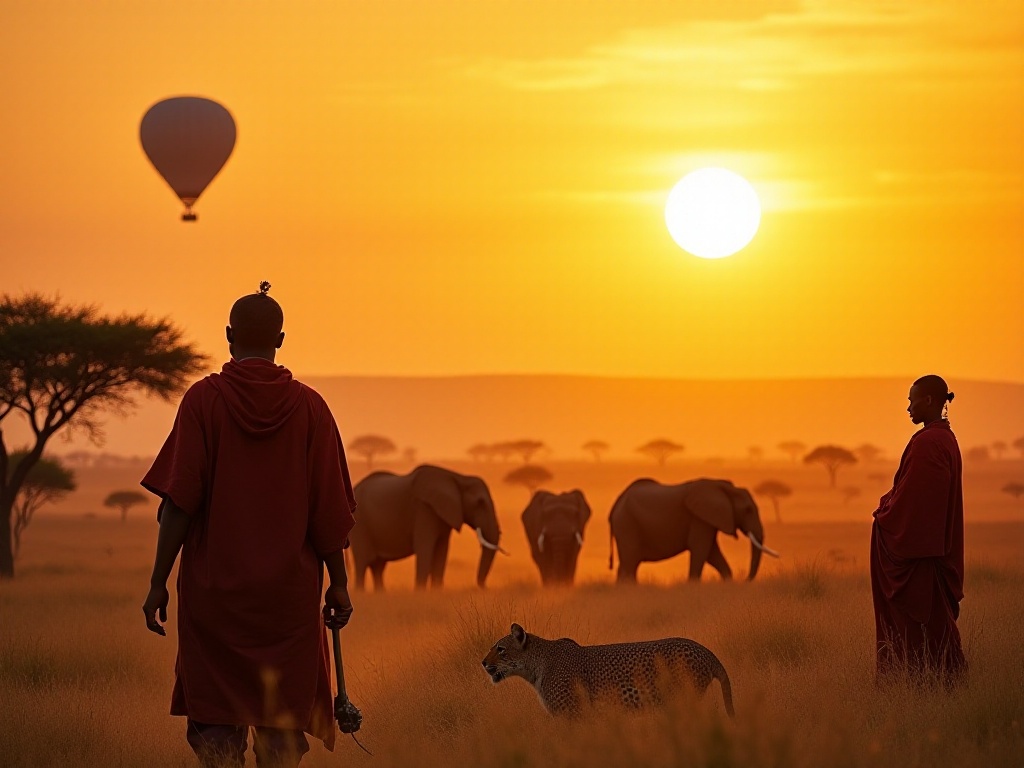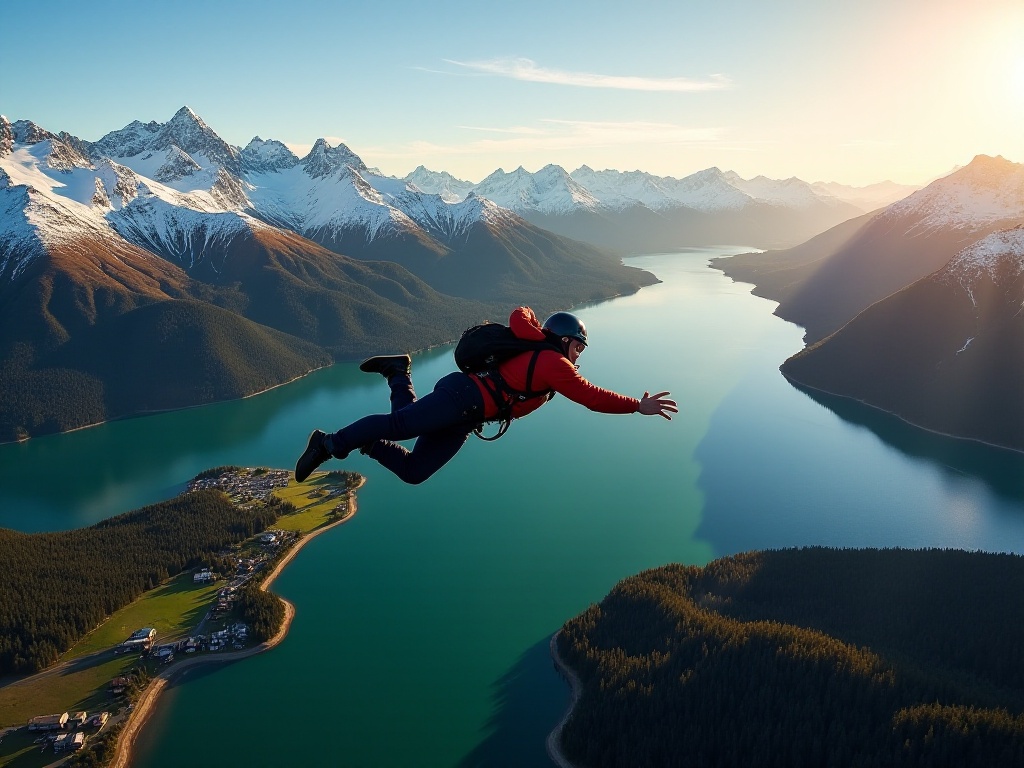
Choosing the Right Time
The Swiss Alps in winter are like a spilled painter's palette - snow-white mountains, azure skies, golden sunshine, and colorful ski suits dotting the landscape create a breathtaking scene. When I first went skiing in Zermatt, I spent half an hour just standing there in awe, breathing carefully as if afraid to disturb the beauty.
Timing is crucial! Early December and late April are excellent choices, with very few tourists and hotel prices cut in half. When I went last December, I found a four-star hotel with prices 40% lower than peak season - what a steal! Fewer people also means no queues for cable cars and uncrowded slopes, allowing you to fully enjoy skiing.
However, weather during these times may be less stable than peak season. I recommend checking local weather forecasts a week in advance and choosing clear days for your trip. Once I chose off-season to save money but encountered heavy fog with only a few meters of visibility - everything was white and you couldn't see anything. So while saving money is good, you need to find the right balance.
Equipment Preparation
As someone who started skiing from zero, I understand how important equipment choice is. During my first trip, I debated whether to buy professional gear or just rent. I ended up shivering on the mountain, with foggy goggles and frozen fingers in wet gloves - what a regret!
Ski wear is crucial - don't think a regular windbreaker will do. Professional ski wear is not only waterproof and windproof but also keeps you warm and breathable when exercising. My current ski suit, bought locally in Switzerland, was expensive but has remained perfect after three years of use, including skiing in China - worth every penny.
Goggles are essential equipment, protecting against both glaring sun and cold wind. When choosing goggles, look for anti-fog features, or your vision will be impaired. I initially bought a cheap pair that fogged up quickly and had to buy new ones locally - a waste of money.
Gloves must be professional ski gloves - regular gloves can't handle mountain cold. Ski gloves should be waterproof and warm, preferably with separate fingers for better dexterity. My current three-finger design gloves are exceptionally warm with excellent waterproofing - my hands stay dry all day.
Footwear choice is crucial - waterproof snow boots are a must. I first went wearing regular hiking boots and soon had snow inside, losing feeling in my toes. Later I bought professional snow boots that keep warm and provide stability in snow.
Besides basic equipment, small items matter too. Sunscreen is essential as high-altitude UV rays are strong. My first time, I thought winter didn't need sunscreen and ended up with a face as red as a baboon's behind - bought sunscreen the next day.
Lip balm is necessary as mountain air is very dry. Hand warmers can make you more comfortable. Don't forget a portable charger - taking photos and videos in the mountains drains batteries quickly.
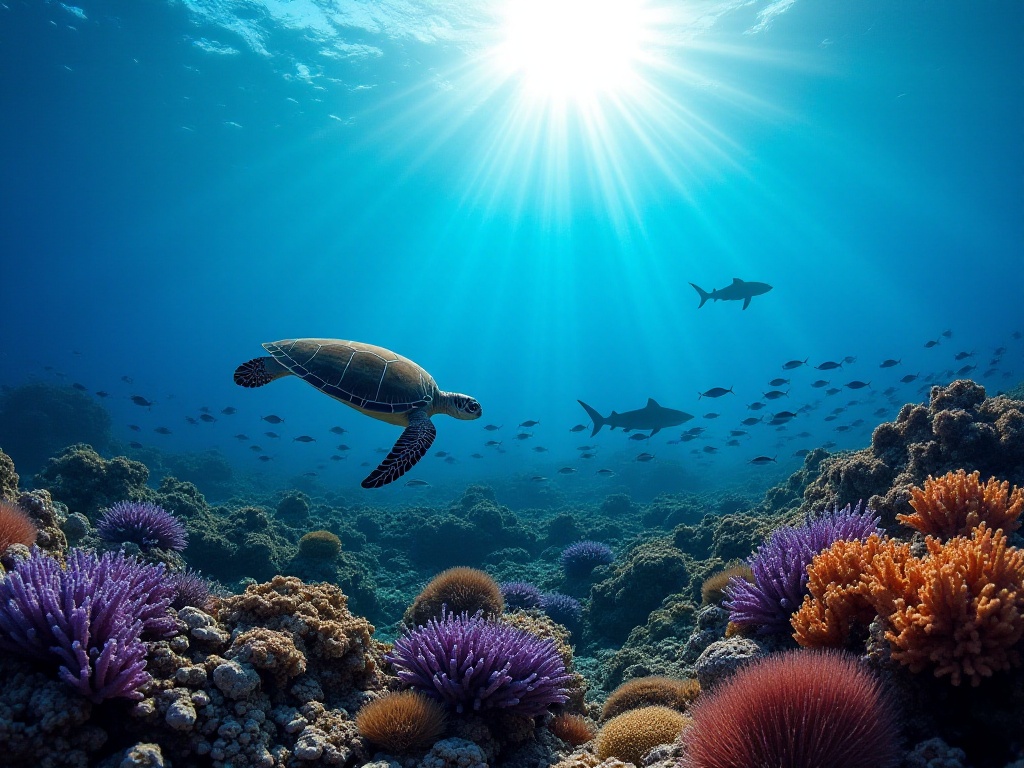
Choosing Slopes
Slope selection is a science. Swiss slopes are categorized as blue, red, and black - like game difficulty levels. Blue slopes are easiest with gentle gradients for beginners; red slopes are intermediate requiring some skill; black slopes are most difficult for experts only.
Zermatt's beginner slopes are perfectly designed for newcomers. My first time on a slope, my legs were shaking with nervousness. Fortunately, my instructor was experienced and had me practice balance on flat ground first. This advice proved invaluable - when I actually started skiing, I had basic balance and didn't fall constantly.
Choose slopes based on your level - don't be overambitious. I've seen many beginners try red slopes after just learning basic moves, ending up badly bruised. Remember, steady progress is key - master blue slopes before attempting red ones.
Slope conditions also vary throughout the day. Morning slopes are usually harder, better for skilled skiers; afternoon slopes are softer, more suitable for beginners. I typically warm up on easy slopes in the morning and challenge harder ones when snow softens in the afternoon.
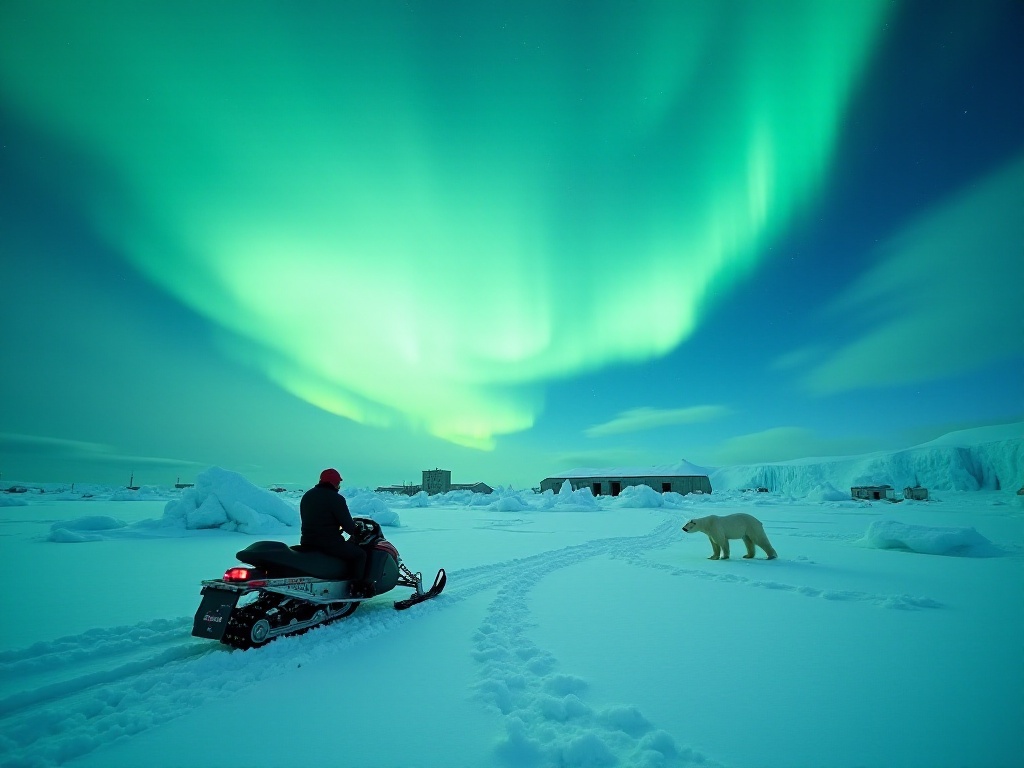
Finding a Good Instructor
In the Alps, a good instructor can save you from many mistakes. My instructor Marco was excellent, patiently explaining basic moves and using vivid metaphors to aid understanding. For instance, he said, "Skiing is like dancing - you need to work with gravity." Such explanations helped me grasp concepts quickly.
When choosing an instructor, check their qualifications and teaching experience. Professional ski instructors have certifications and speak multiple languages. Marco spoke English, German, and Italian, making communication easy. With over ten years of teaching experience, he knew common beginner mistakes and how to correct them.
Good instructors teach both technique and safety. Marco often reminded me about weather changes and how to handle fog or snowstorms. He also taught slope etiquette, like maintaining safe distance when passing and helping fallen skiers.
Lesson scheduling is important. Beginners should start with private lessons for personalized instruction, then consider group lessons after mastering basics. I took three days of private lessons followed by two days of group lessons, making rapid progress.
Note that good instructors are in high demand, especially during peak season. Book in advance through the ski resort's website or local ski schools. Private lessons are expensive but worth it for quick learning and safety assurance.
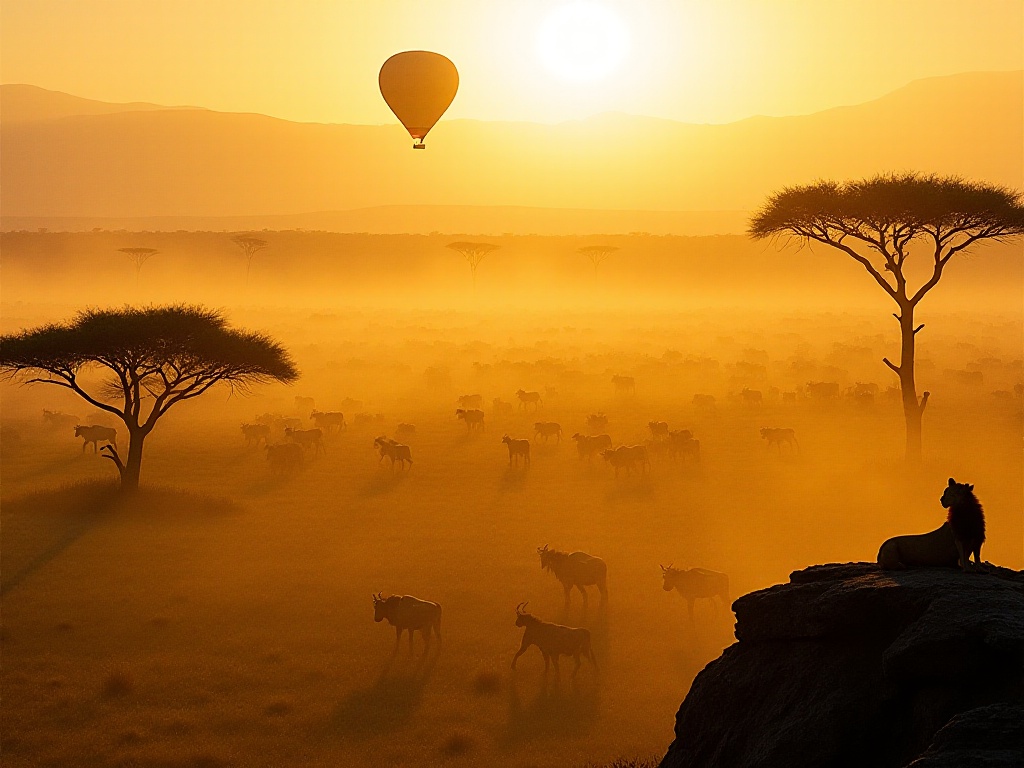
Safety First
On the mountain, safety is paramount. I've seen many injuries from people attempting difficult slopes beyond their skill level, getting lost in weather changes, or suffering frostbite from inadequate equipment.
Always monitor weather conditions. Alpine weather can change rapidly - sunny morning can turn to snowstorm by afternoon. Check forecasts before heading out and bring weather-appropriate gear. Avoid skiing in heavy fog or snowstorms.
Learn slope safety markers. Slopes have many signs indicating difficulty levels, danger zones, and emergency procedures. Initially, familiarize yourself with these markers with an instructor so you won't be lost when skiing alone.
Don't forget sun protection. High-altitude UV rays are strong, especially with snow reflection. My first time, I thought winter didn't need sunscreen and ended up with peeling skin by evening. Always use sunscreen, wear goggles and hats to protect your skin.
Equipment safety checks are crucial. Check gear condition daily, especially bindings and safety locks. Replace or repair faulty equipment immediately - don't take chances.
Finally, know your limits. Rest when tired; don't ski in bad weather; don't attempt slopes beyond your skill level. Safety comes first - only then can you truly enjoy skiing.
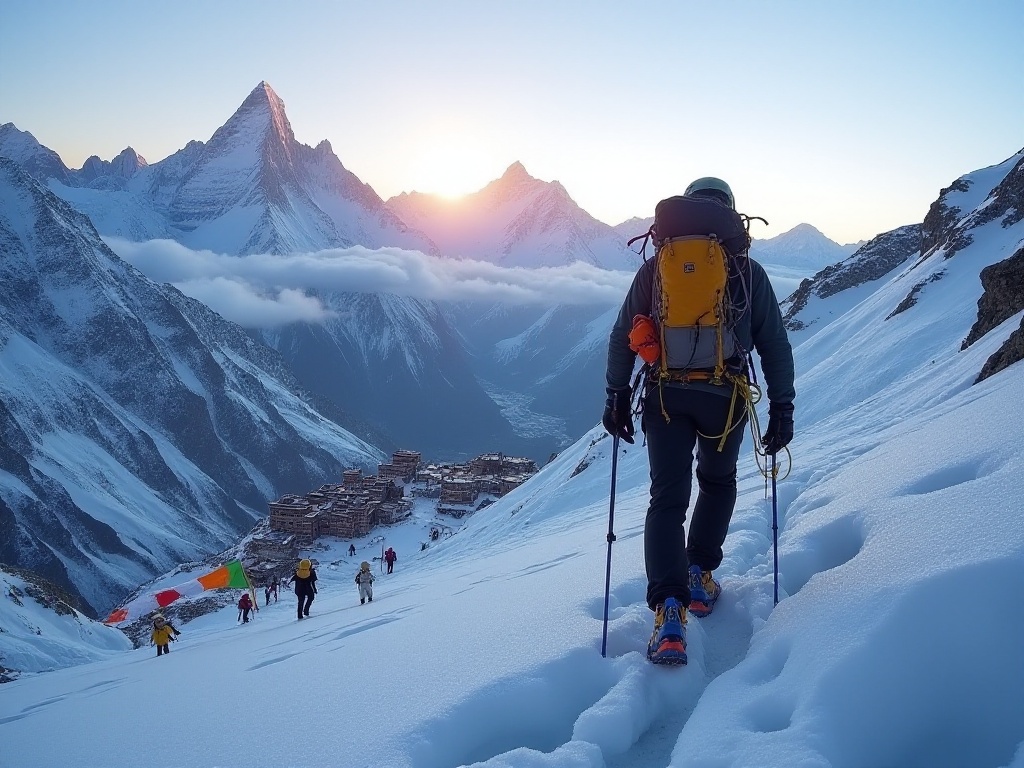
Physical Training
Honestly, I underestimated skiing's physical demands my first time. It requires both good balance and endurance. I recommend preparing beforehand, focusing on leg and core strength.
Squats are basic but effective. I do 100 daily - tough at first but noticeably strengthens legs. Lunges and jump rope also help build leg strength.
Core strength is crucial for balance. Planks are great - do several sets daily to feel core strength improve. Classic exercises like sit-ups and push-ups help too.
Don't forget stretching to prevent injuries. I stretch 15 minutes after exercise, especially hamstrings and calves which are prone to strain. Yoga is also good for flexibility and balance.
If possible, get guidance from a professional fitness trainer. I took personal training sessions where the trainer designed a specific program - very effective. Home exercises work too if gym access isn't available - consistency is key.
Progress gradually - don't overdo it initially. Start preparing at least a month ahead, training 30-40 minutes daily at moderate intensity. Adjust if you feel discomfort. Remember, training is to enhance skiing enjoyment, not self-torture.
Food Exploration
Honestly, mealtime is one of skiing's greatest pleasures. After a cold day on the mountain, hot food tastes amazing! Switzerland offers many foods, but some near ski areas are must-tries.
Fondue is Swiss national food - perfect for cold winters. Whymper-Stube in Zermatt makes theirs with four cheeses, served with bread, potatoes, and vegetables - irresistibly rich. Book ahead though - it's very popular.
Grilled sausages are ski slope essentials. Swiss standards for sausages are high - quality ingredients, refined taste. I love pairing with mulled wine, spiced with cinnamon and cloves - perfect for fatigue. Available at slope rest stops at reasonable prices.
Can't miss chocolate - Swiss chocolate is world-famous. I recommend Laderach - their hot chocolate is rich and smooth, perfect with fresh croissants. They also sell handmade chocolates great for gifts.
For authentic Swiss food, try Chez Vrony. Mountain-top location requires reservation but offers great Matterhorn views. Their roast beef with mashed potatoes and traditional Swiss desserts are excellent. Expensive but worth experiencing.
For lunch, I usually use slope cafeterias. Food quality is good - soups, mains, salads at reasonable prices. Great for meeting international skiers and sharing experiences.
Evening dining near hotels usually offers options. Near Hotel Butterfly is an Italian restaurant with authentic pizza and pasta at moderate prices. Note that Swiss restaurants usually require reservations, especially weekends.
Transportation Guide
Swiss transport is incredibly convenient though not cheap. With good planning, you can save money. Swiss Pass allows unlimited use of trains, buses, and boats within specified periods. Seems expensive but saves money if using frequent transport.
Zurich airport to Zermatt takes about 3.5 hours with several transfers. Don't worry - Swiss trains are punctual with well-planned connections. Check schedules on official websites beforehand to avoid confusion. Train views are spectacular - mountains, lakes, fairy-tale towns.
Zermatt is car-free - only electric vehicles and walking allowed. Takes getting used to but you'll love the quiet. For heavy luggage, arrange hotel pickup service with electric vehicles. Book ahead, especially during peak season.
Though small, download a map app - helps find restaurants and shops. I used Google Maps, marking useful locations like supermarkets, pharmacies, restaurants. Download offline maps as mountain signal can be weak.
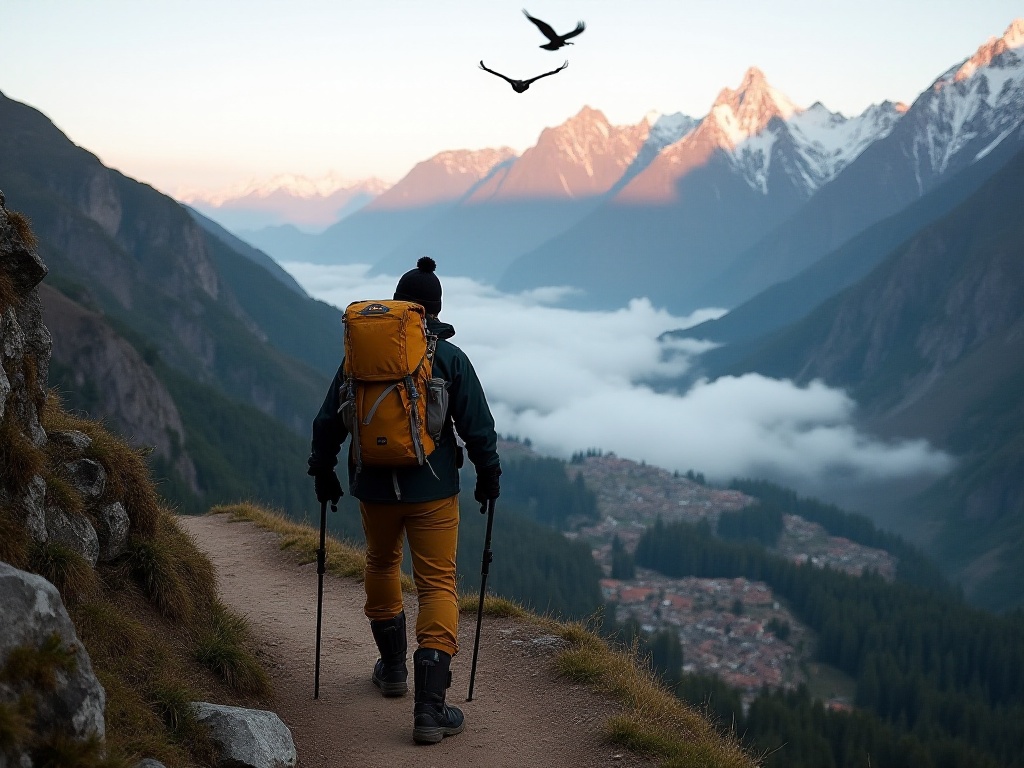
Accommodation Tips
Accommodation choice is crucial - good lodging makes skiing trips more enjoyable. Try staying near cable car stations - pricier but convenient. Imagine carrying heavy ski equipment long distances daily - not pleasant.
Hotel Butterfly, where I stayed, is 5 minutes from cable cars on the main street, surrounded by restaurants and shops. Sleep later without rushing. Quick return when tired. Rooms aren't huge but cozy, with excellent breakfast - various breads, jams, cheese, fresh coffee.
On limited budgets, consider town-edge hotels or hostels. Much cheaper, and Zermatt is small - maximum 20-minute walk to cable cars. Check reviews first ensuring decent conditions. Skiing is tiring - good rest is essential.
When booking, check if breakfast is included. Swiss dining is expensive - included breakfast saves money. Some hotels offer free afternoon tea - nice bonus.
Check for ski equipment storage rooms. Important as gear is heavy and bulky - dedicated storage space helps. Some hotels have drying rooms - great for wet equipment.
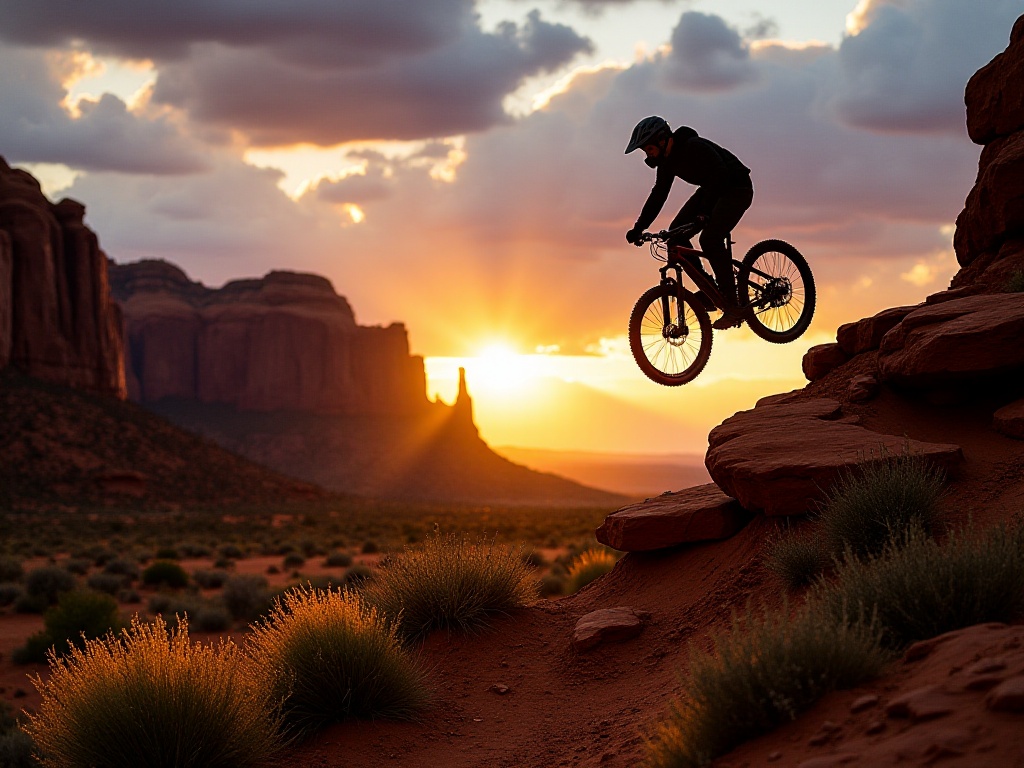
Final Thoughts
From complete beginner to confidently skiing red slopes, I learned: with patience, any skill is achievable. Most important is not comparing yourself to others - everyone learns differently, finding your rhythm is key.
Initially watching others ski gracefully made me impatient. Later I understood: haste makes waste - steady progress works best. Improve daily, accumulate experience, eventually reach your goals.
Skiing isn't just sport but lifestyle. Meet international ski enthusiasts, experience different cultures and attitudes. Learn to overcome fears, build confidence - priceless gains.
Finally, don't let fear stop you trying. Everyone starts at zero - with preparation, good instruction, and safety awareness, you'll enjoy skiing. Trust me, completing your first slope brings indescribable achievement.
Ready to start your ski journey? Remember, technique isn't everything - enjoy the process. Hope to meet you, fellow life enthusiast, on the mountains!
Next
French Polynesia Adventure: A Soul Journey Dancing with the Ocean
A comprehensive guide to outdoor adventure travel, covering water and land-based activities, US national parks and global destinations, complete with trip planning essentials and professional adventure services
Complete Guide to Whistler Adventures Through Four Seasons: North America's Premier Outdoor Destination
A comprehensive guide to outdoor adventure activities including water sports and land-based adventures, featuring popular destinations like Yosemite National Park and Grand Canyon, along with various travel organization options from guided tours to customized trips
Solo Adventure: 2025 Global Exploration Map, Your Guide to World-Class Outdoor Destinations
Discover premier outdoor adventure destinations worldwide, from Scotland's Highlands to Norway's fjords, New Zealand to Vietnam. Experience unique adventures from cave exploration to wildlife watching, skydiving, and surfing across carefully selected global locations
Next
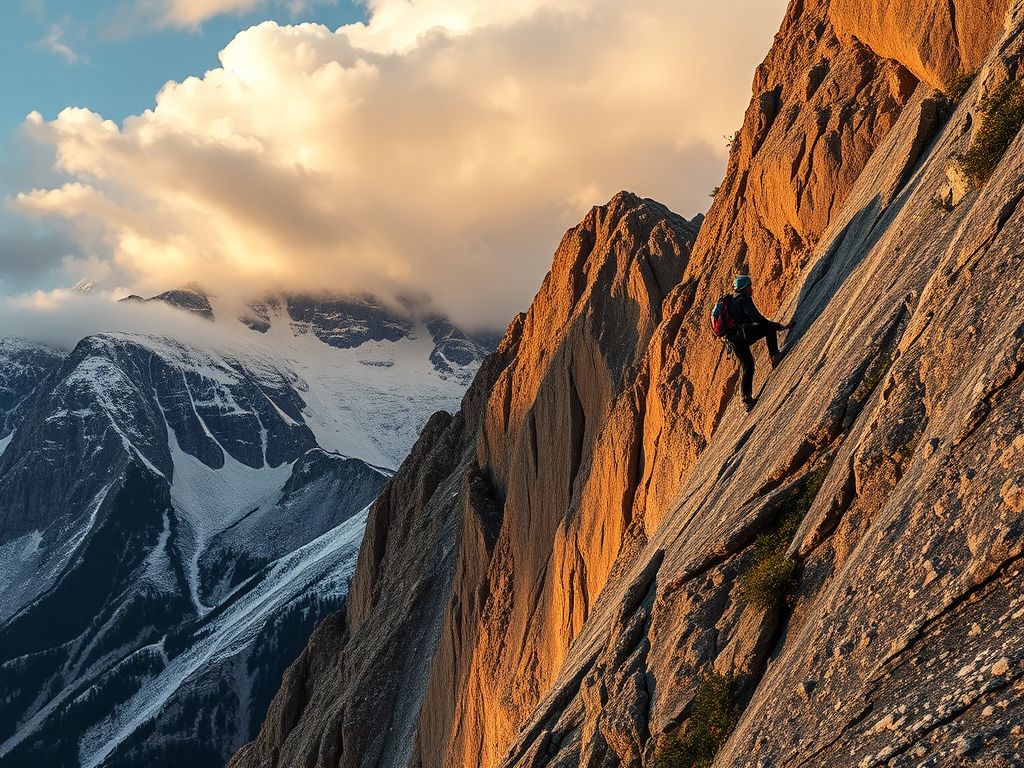
French Polynesia Adventure: A Soul Journey Dancing with the Ocean
A comprehensive guide to outdoor adventure travel, covering water and land-based activities, US national parks and global destinations, complete with trip planning essentials and professional adventure services
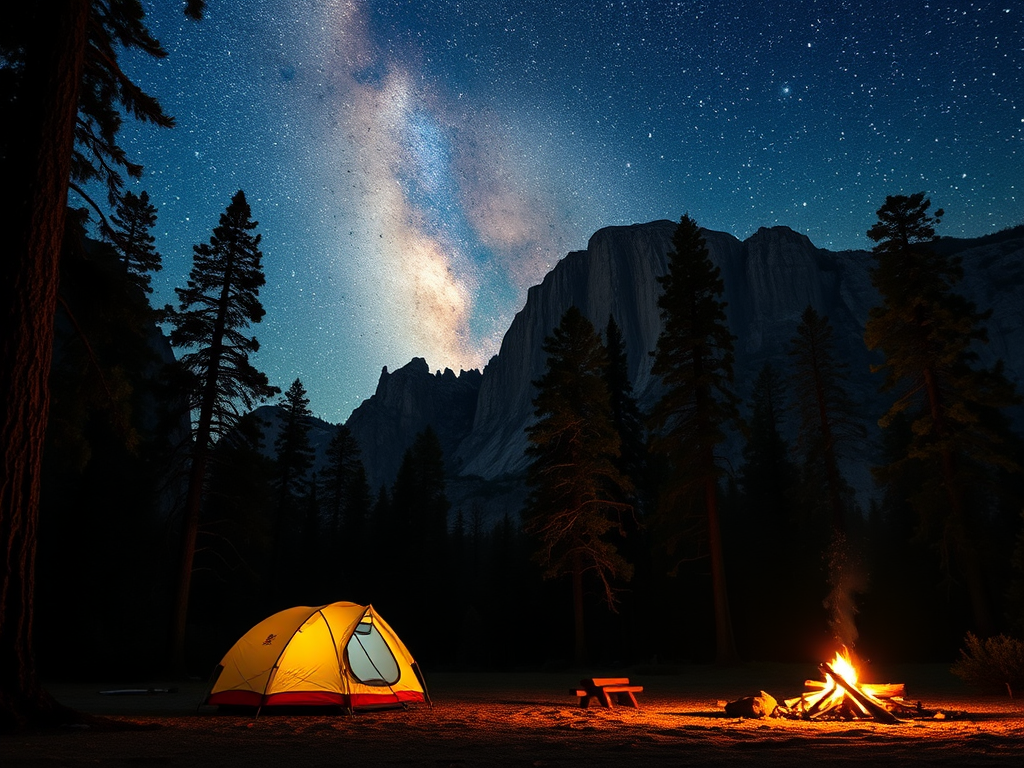
Complete Guide to Whistler Adventures Through Four Seasons: North America's Premier Outdoor Destination
A comprehensive guide to outdoor adventure activities including water sports and land-based adventures, featuring popular destinations like Yosemite National Park and Grand Canyon, along with various travel organization options from guided tours to customized trips
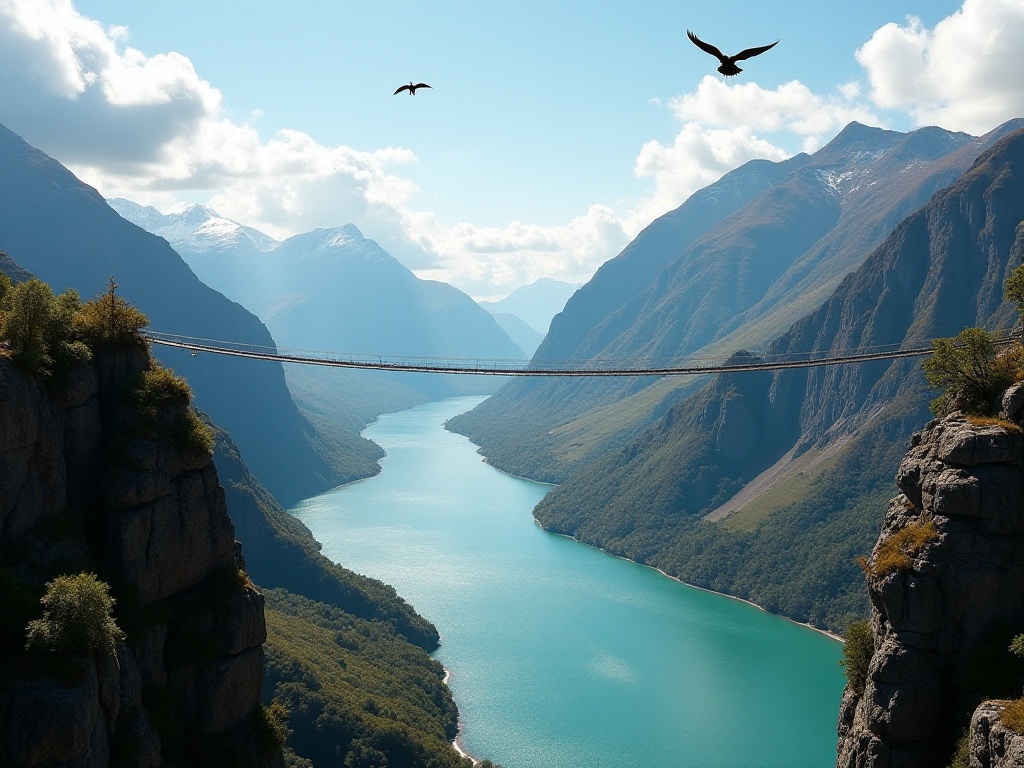
Solo Adventure: 2025 Global Exploration Map, Your Guide to World-Class Outdoor Destinations
Discover premier outdoor adventure destinations worldwide, from Scotland's Highlands to Norway's fjords, New Zealand to Vietnam. Experience unique adventures from cave exploration to wildlife watching, skydiving, and surfing across carefully selected global locations

